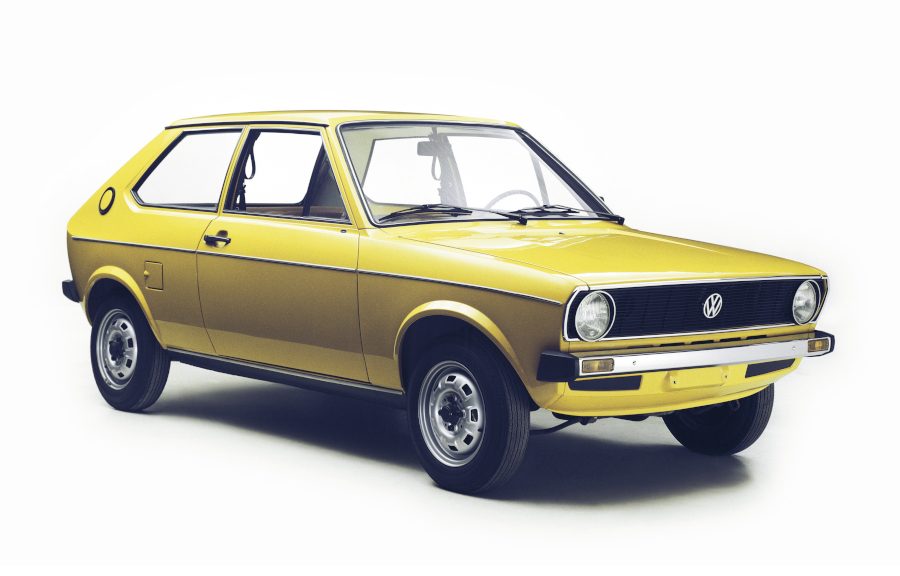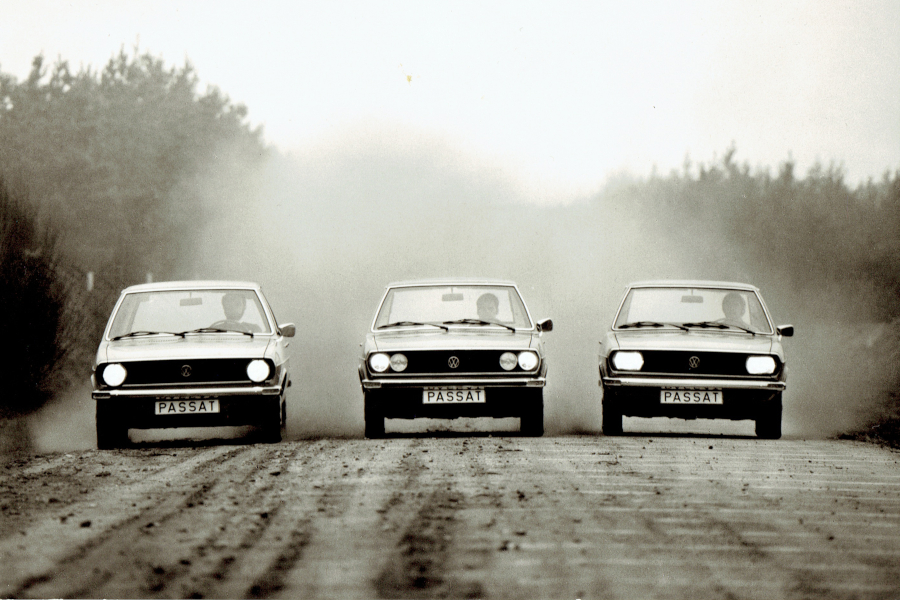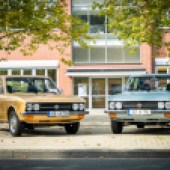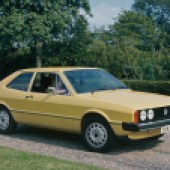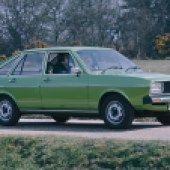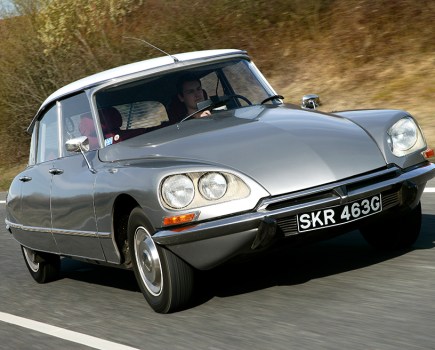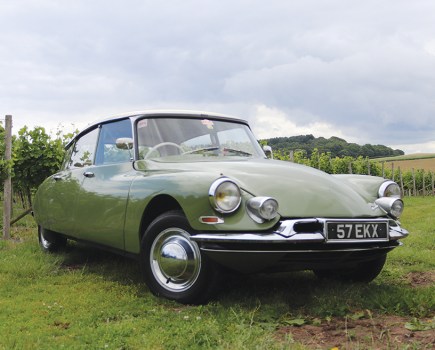It was 50 years ago that the first Golf arrived but it wasn’t the first car of the modern Volkswagen era. We pay our dues to its forerunners
Words: Paul Wager Images: Volkswagen
Volkswagen’s PR machine has been doing fine work this month pushing the fact that the very first Golf came off the line in Wolfsburg’s famous Hall 54 on March 29, 1974 and most commentators have been quick to contrast the front-drive hatch with the rear-engined air-cooled cars on which the brand was founded.
Volkswagen by NSU
The accepted version of events tells us that the Golf was the car which saved the company from its reliance on the Beetle and yes, there’s a grain of truth to that but it wasn’t the first Volkswagen of the modern era by a long way.
Before the Golf, there came the Passat which was unveiled in May 1973 and arrived in UK showrooms in August, but even that wasn’t the first front-engined, water-cooled VW: that honour goes to the all-but forgotten K70.
To add to the confusion, this car was in fact developed by NSU which explains its name: the idea was that the piston-engined, conventionally powered K70 would sit next to the avant garde Wankel rotary-powered Ro80 – that ‘K’ signifying Kolben, or piston as opposed to rotary.
Just as the car was about to hit the market though, the relatively small NSU company had finally been brought to its knees by the spiralling warranty claims of the Ro80 and the larger Volkswagen group was poised to pounce. The prize was not the flawed Wankel technology but the Neckarsulm production site, although following the acquisition the K70 also seemed like an ideal way to test the water with a new model. Which explains why the new car went to market with a Volkswagen roundel on its nose, although this was very much a last-minute decision and the publicity material had already been printed up with NSU branding.
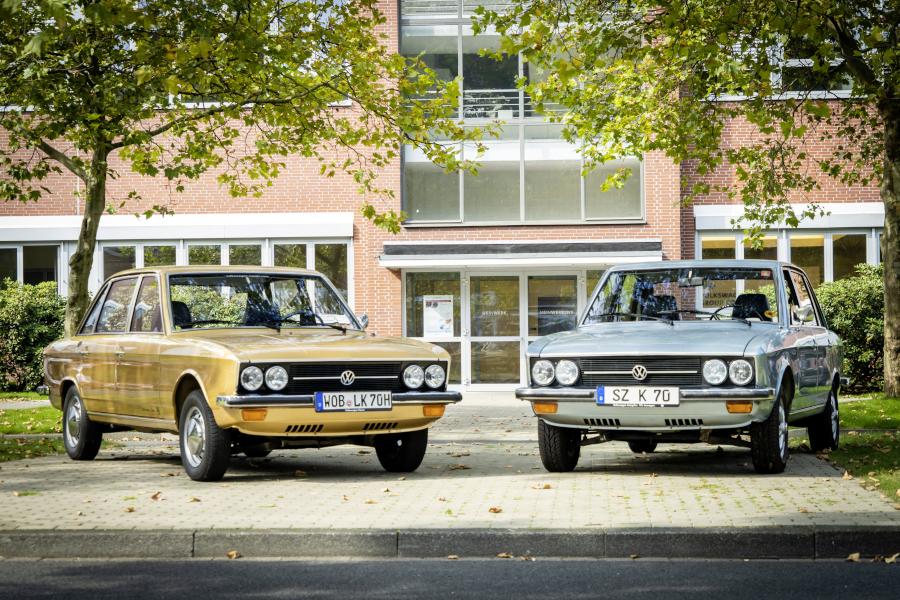
The first modern Volkswagen
The K70 wasn’t a huge seller but it would prove its worth later on when the need to break away from the old rear-engined models was becoming ever more obvious.
In 1969, Volkswagen had also acquired Auto Union and its DKW subsidiary from Daimler-Benz but its value was in the production capacity at Ingolstadt, with DKW engineers being expressly forbidden from developing new models. Fortunately they ignored this directive, carried on working in secret and came up with what eventually went to market as the Audi 100, leveraging the DKW engineers’ expertise in front-wheel drive to good effect.
The neat and modern Audi proved sufficiently successful for a second, smaller model to be developed as the Audi 80 and it was this which would provide VW with the first of its new models. Giugiaro was drafted in to create a neat style for the car, which was offered initially as a two or four-door fastback in contrast to the three-box Audi. An estate version was added in 1974, which was also offered with an Audi badge, while a hatchback body was offered from 1975.
With an all-new OHC engine – the first of the EA827 series which would live on into the 21st century – the Passat took the VW line-up from positively ancient to cutting edge.
There’s a significant footnote for that early Passat, too. A second generation was introduced in 1981, which was again based on the Audi 80 but this time the range included a three-box saloon marketed as the Santana. From 1983, this would be the first Volkswagen to be manufactured in China, where it was produced by a joint-venture operation with state-owned SAIC known as Shanghai Volkswagen. This gave the German company a real head-start into what would eventually prove to be a market with enormous potential.

Volkswagen Scirocco
Back in 1970s Europe though, a second modern Volkswagen would appear in early 1974. Smaller than the Passat, it was a hatchback featuring sharp styling by Giugiaro… but it wasn’t a Golf. No, the second modern Volkswagen was the Scirocco – mechanically identical to the Golf but destined to sell in much smaller numbers, giving the company a chance to deal with any teething troubles before the predicted volumes of the Golf.
Curiously, although the Scirocco was launched two months ahead of the Golf in Europe, both would make their UK debuts at the Earls Court motor show in October 1974.
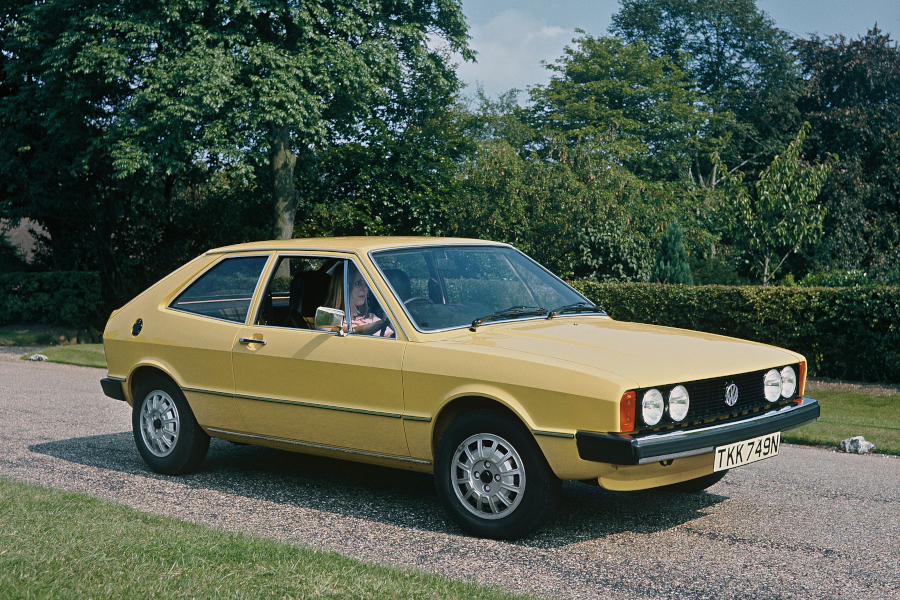
Audi 50
The Golf was an undoubted success for Volkswagen, but when it came to backing up its success with a smaller car to enter the growing supermini class, it was once again Audi which did the heavy lifting.
Volkswagen’s management was reluctant to get involved in anything smaller than the Beetle, but the Audi payroll still included a sizeable number of ex-NSU people whose diminutive Prinz models were still popular, despite their old-fashioned air-cooled engines.
The result was that the new small car was developed in Ingolstadt, not Wolfsburg where Audi stylist Claus Luthe (later of BMW fame) sketched out what we know as the Polo, but which first appeared in August 1974 as the Audi 50. From September 1974, the car would be produced as the Volkswagen Polo and in 1978 the Audi version was withdrawn, leaving a gap in the range which wouldn’t be filled until 2010 when the A1 arrived.
The K70 and Audi 50 may be mere footnotes in history, but it’s perhaps significant that those three make-or-break models launched in the mid-1970s – Golf, Passat and Polo – are the only three VW car models still with us half a century later.
